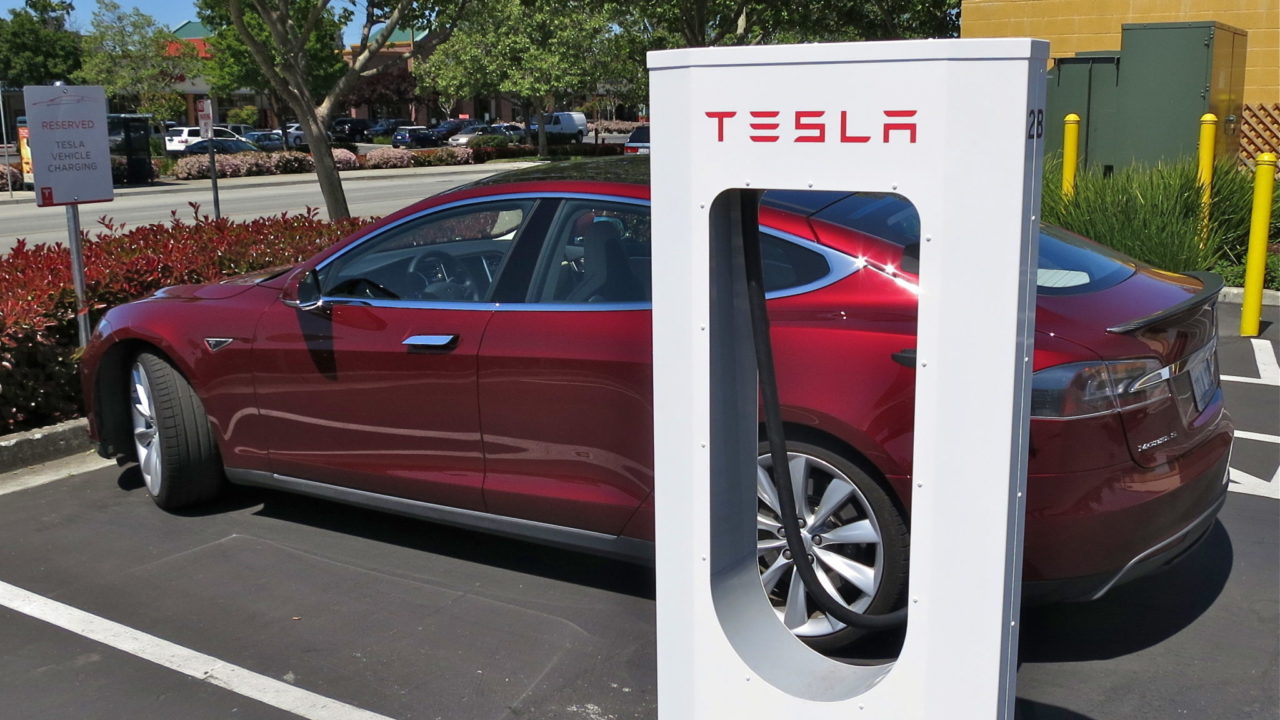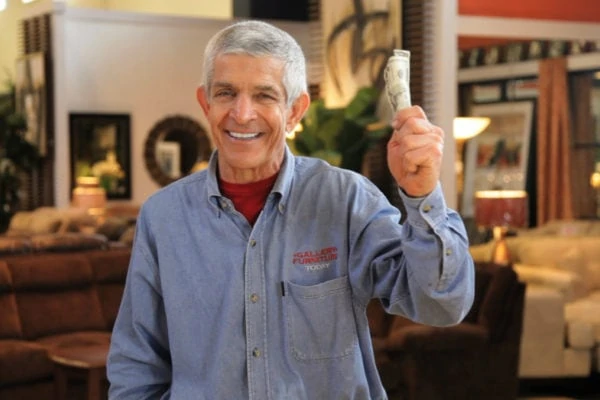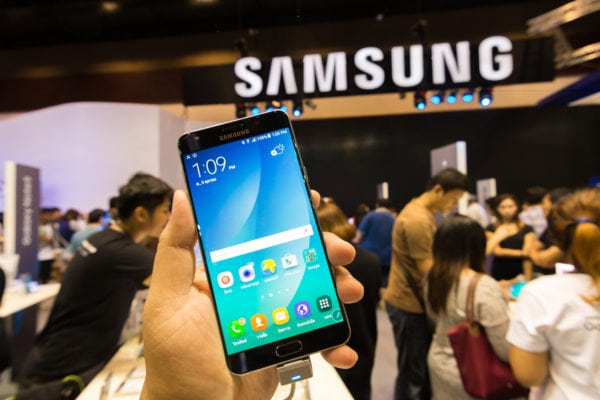Tesla Motors has began the production of a new battery cell, an effort that is creating domestic jobs.
The manufacturing facility will generate 6,500 new jobs, with a subsequent estimated 20,000-30,00 jobs created in the surrounding region, according to reports.
The production of the Tesla battery cells, branded as Powerwall 2 and Powerpack 2, are made at the Gigafactory in Nevada. Production is now fully under way. The Tesla batteries power the motor company’s newest vehicle, the Model 3. These cells are known for their cost-effective power capabilities.
However, Tesla’s prospects in the marketplace have mixed reviews from Wall Street.
The batteries, according to Elon Musk himself, will succeed because there are no other batteries of Tesla’s caliber currently manufactured as efficient as the Powerwall 2 and Powerpack 2. Essentially, Tesla’s competitors aren’t that competitive – or at least according to them.
“We have the best cell in the world that is also the cheapest cell” Musk said. Tesla Motors makes such battery innovation possible by completely rethinking the entire manufacturing process.
The company didn’t just reinvent electric automobiles, Tesla reinvented electric automobile manufacturing. Their manufacturing model enables such innovation. By mastering and streamlining their manufacturing process they are able to provide their cutting-edge products at a cheaper rate.
Making electric mainstream is Tesla’s shtick.
From the announcement of their mid-grade sedan Model 3 priced at $35,000, to Tesla’s merger with SolarCity and exploration of environmentally-friendly battery production, the company solidifies itself as a pioneer in American energy and transportation markets.
SolarCity – America’s largest solar energy service provider – announced last summer their production of solar panel-integrated home roofing that goes virtually unnoticed by onlookers.
Having started out as a motor company producing high-end electric vehicles, Tesla Motors is shifting away from their niche luxury market toward mass consumption with the Model 3.
As a way to make Tesla a household product, the company is marketing their new model as an affordable and environmentally friendly alternative with a luxury design. The cost-effective production of Tesla’s battery cells are what make the high-tech Model 3 financially feasible.
Tesla’s battery manufacturing innovation is a major key to unlocking the company’s door to market domination. The expensive and lengthy production of their first two models limited Tesla’ target demographics. That’s changing.
But Tesla didn’t do it alone.
Despite Tesla Motors’ innovative branding, the automaker and energy storage company has one commonality with their competitors: massive government subsidies. Totaling $4.9 billion, the subsidies come in various forms spanning from tax breaks to discount loans.
RELATED:
• Small Business Growth Surges, Verging on Milestone
• Ford Motors Invests in U.S. Jobs Amid Trump’s Attacks
• 5 New Staff Training Tips Ahead of Expected 3.6 Percent Holiday Sales Increase








